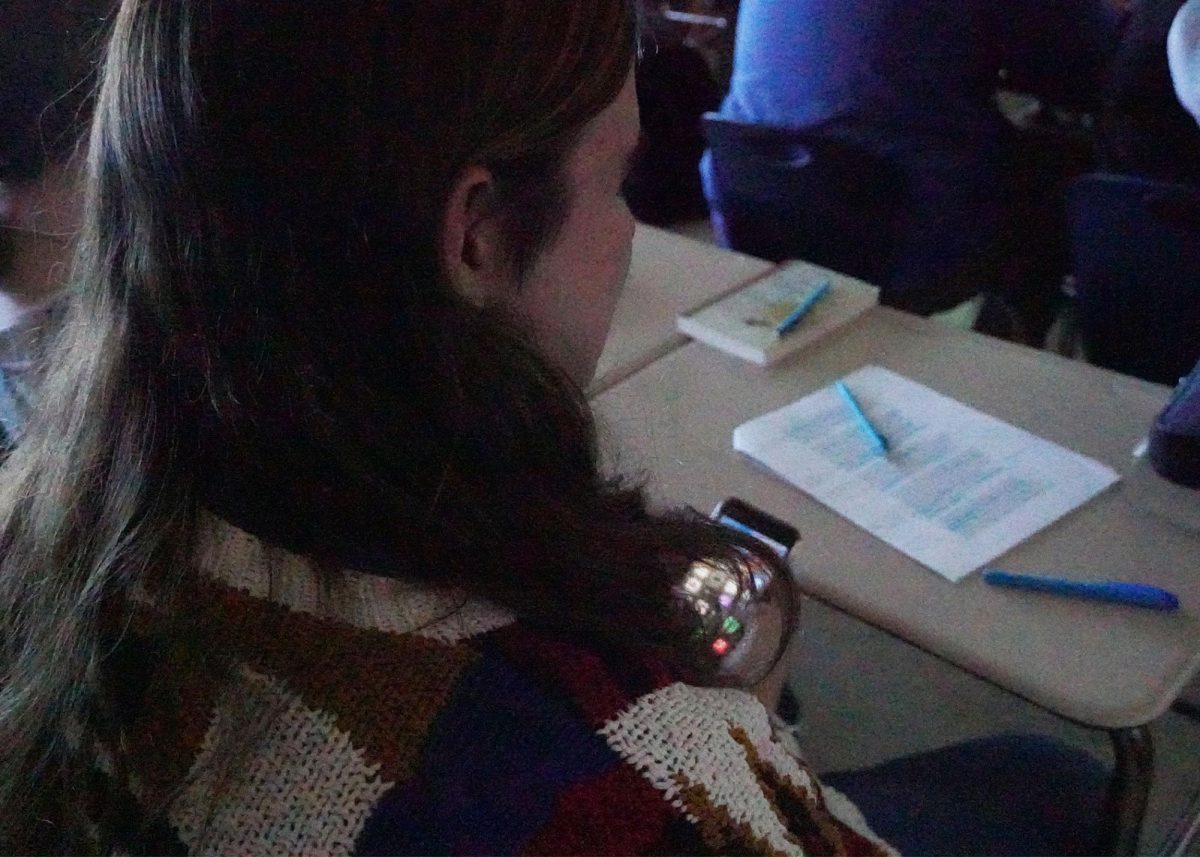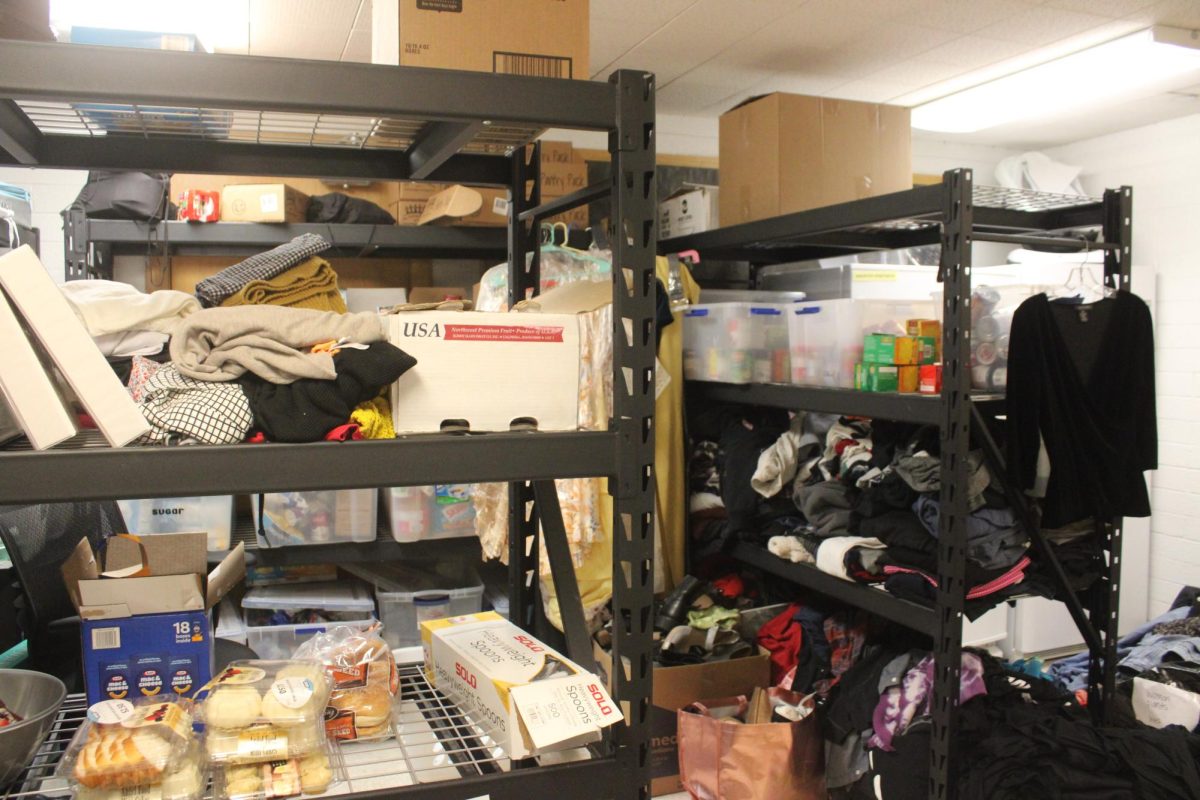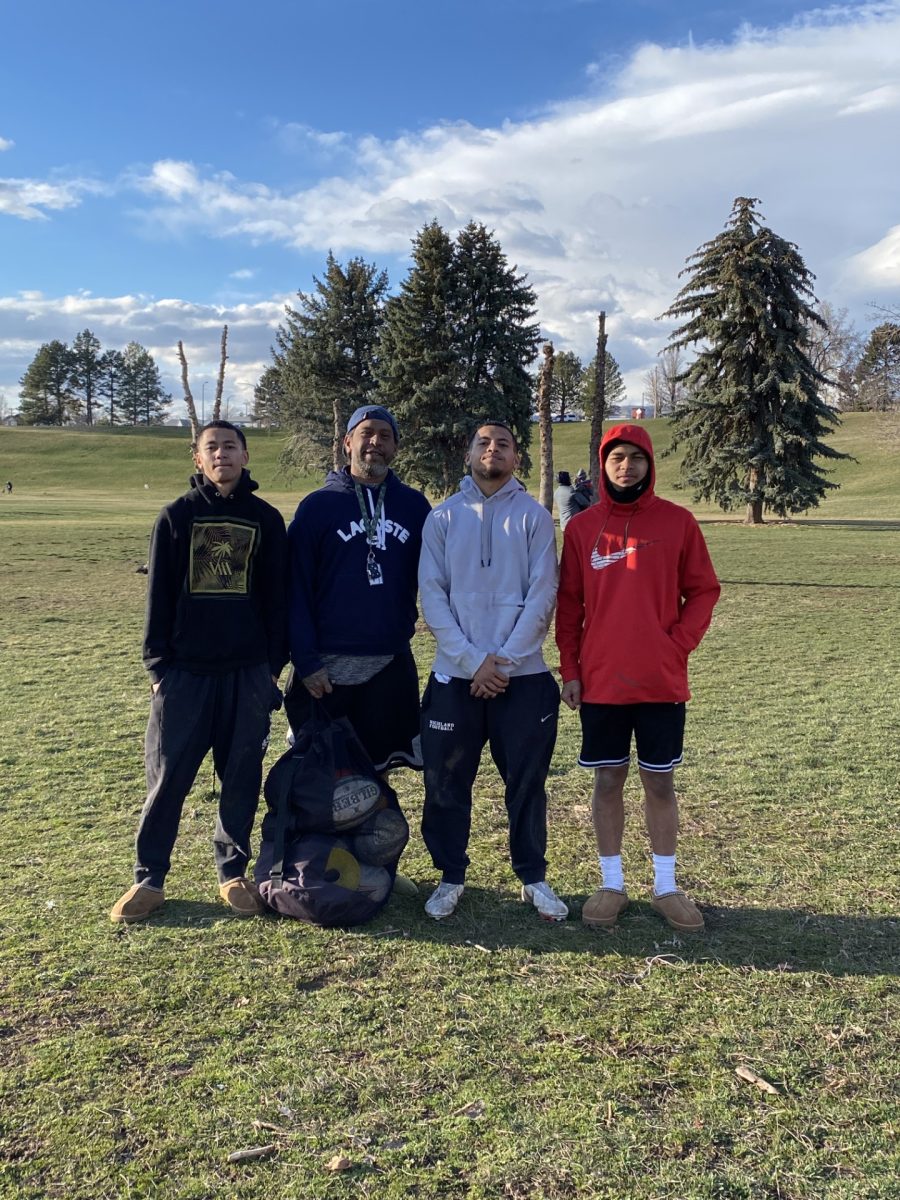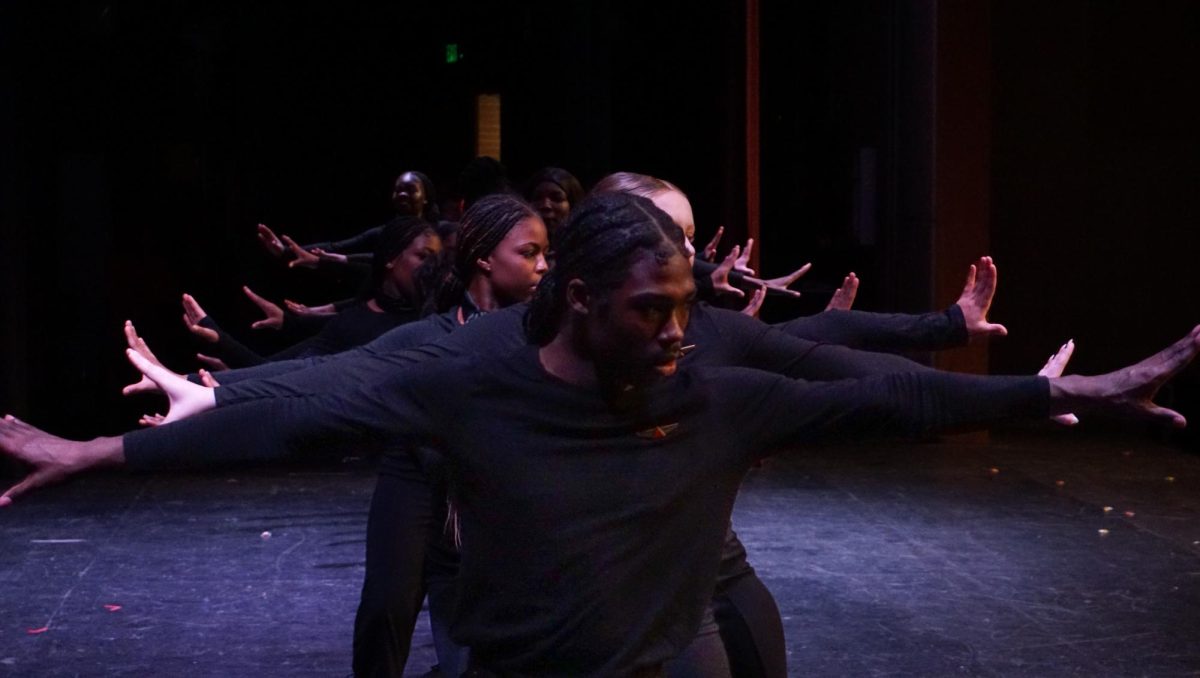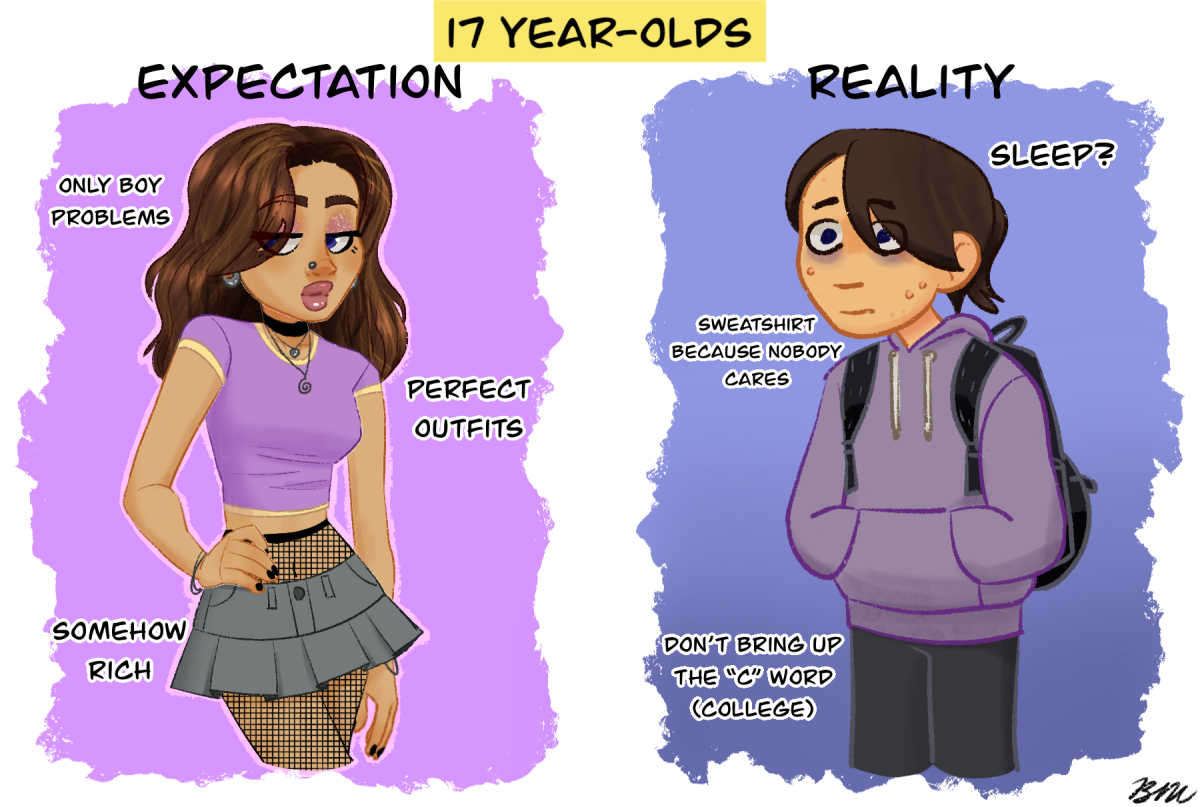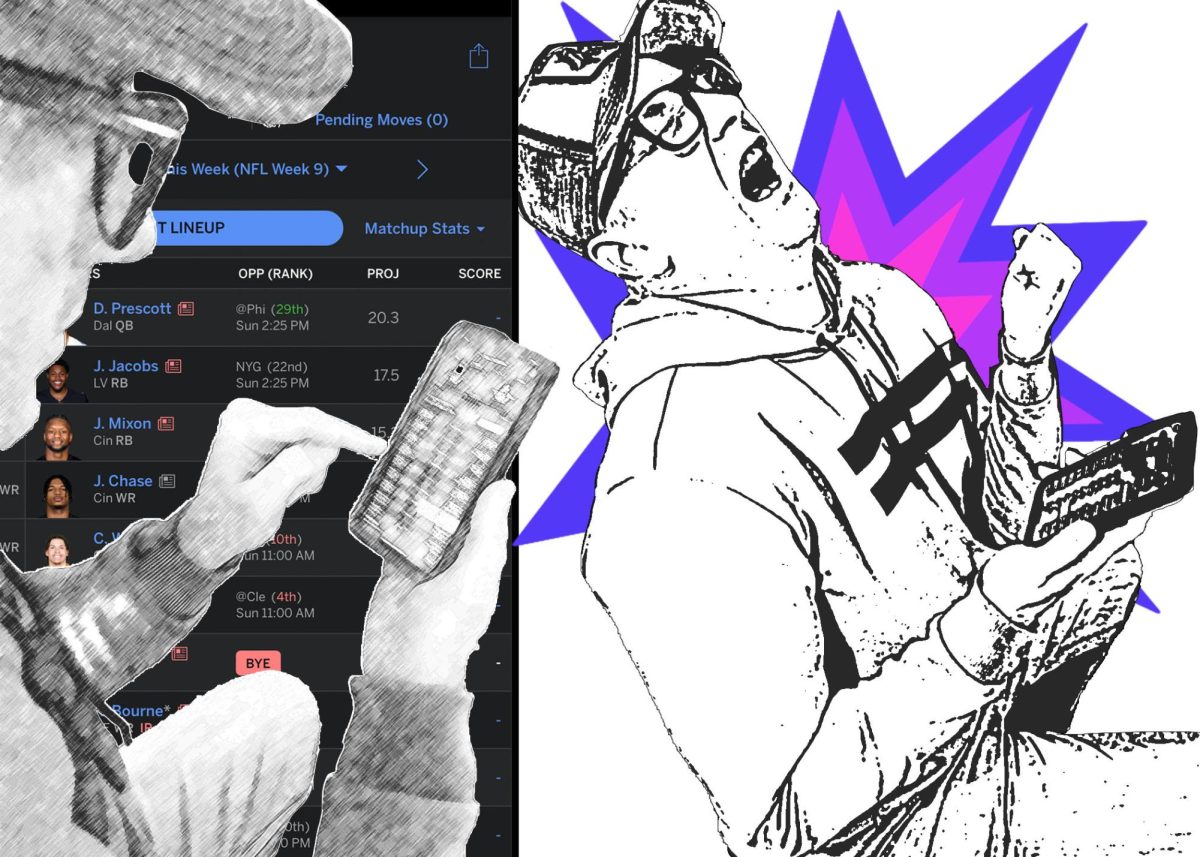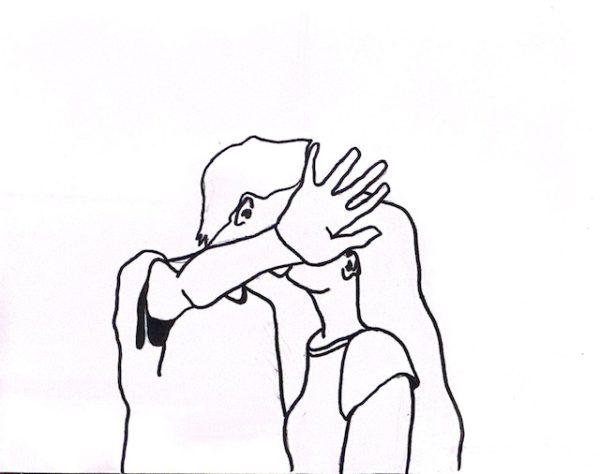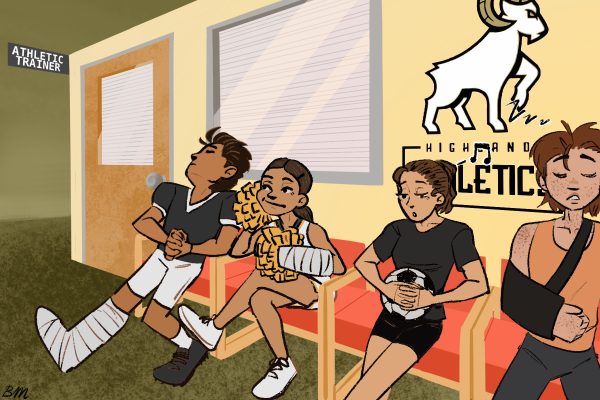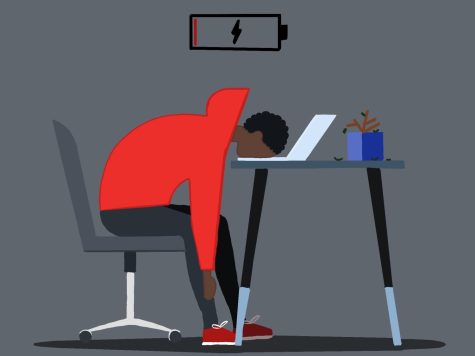Sticks and Stones May Break Your Bones
October 30, 2015
Tuesday, October 13, six-thirty p.m: Bubble gum pink walls, a desk in the corner, and various artwork throughout her room. She’s sitting her phone, maybe listening to some T-Swift, working on homework, or procrastinating said homework by checking Instagram and Twitter.
Eight-thirty p.m: She hasn’t finished that homework, but it’s not even on her mind anymore. She turns off her phone and writes it off as joke. It doesn’t matter. They were just messing around. No one really thinks that.
It’s December now. In those couple months, her situation has only escalated. She avoids them at all cost, both in person and online. Her artwork is crumpled up in the trash can. She wants to paint those bubble gum pink walls black. Her room is shrinking. Recent computers searches show things like “What is overweight for a thirteen-year-old” and various suicide methods. It’s a vicious cycle. She just wants it to end. If only they would stop. If only she could stop.
September 9, eleven a.m: Everyone is rather silent at school. Everyone knows, but no one wants to say it. The loudspeaker breaks the silence with an announcement that students and faculty are invited to attend the funeral service this Saturday. She was bullied for over a year, and no one reached out. No one cared enough until it was too late.
This is the story of a twelve-year-old girl in Florida. She was bullied for over a year, and eventually committed suicide. This is just one of many stories of people who have been bullied. Studies show that 77% of students in middle school and high school say that they have been a victim of bullying.
Everyone has been told from a very young age not to be a bully, and to be nice to other people. With those words in the back of our head for so long, it becomes white noise and empty words. Bullying is a rising problem in society today, and it’s rising rapidly. It comes in many forms such as physical, verbal, emotional, and now, even virtual.
Bullying is easier now more than ever with the rise in technology. Cyberbullying is the result. Approximately half of adolescents say that they have been cyberbullied, and 25% of adolescents report to being repeatedly bullied through online connections. It’s much easier to say something mean on a screen than in person because you don’t actually have to see the person being bullied, and that may be a reason why cyberbullying can be even worse than bullying in person. When someone is bullied over the internet, it can cause them to feel even more isolated and alone. Bullying over the internet also seems to have low consequence, considering that no one is there to interfere. There are no bystanders online, which could be one of the greatest factors in bullying situations.
Approximately 85% of people in bullying situations are bystanders, and approximately 70% of those people who see bullying don’t do anything to stop it and will, in fact, contribute to the bullying. This is called the bystander effect or diffusion of responsibility. Diffusion of responsibility is defined as not doing or saying something because you think someone else will do it.
“Everyone is guilty of this, adults and kids alike. You have to be brave to stand out. It takes courage to step up when it’s easier to blend into the crowd,” Highland counselor, Karrie Jarratt said.
Bystanders have the power to impact bullying for better or for worse. It can be as easy as sitting with someone at lunch, not laughing at someone’s hurtful joke, or even speaking up against that. It’s not solely the bystanders’ responsibility though. It’s our own personal responsibility to check ourselves for bullying to others, and also to stand up for ourselves if we are being bullied.
October has been named National Bullying Prevention Month, but it doesn’t have to end there. Bullying is an ongoing problem, and so the efforts to end it should be too.
